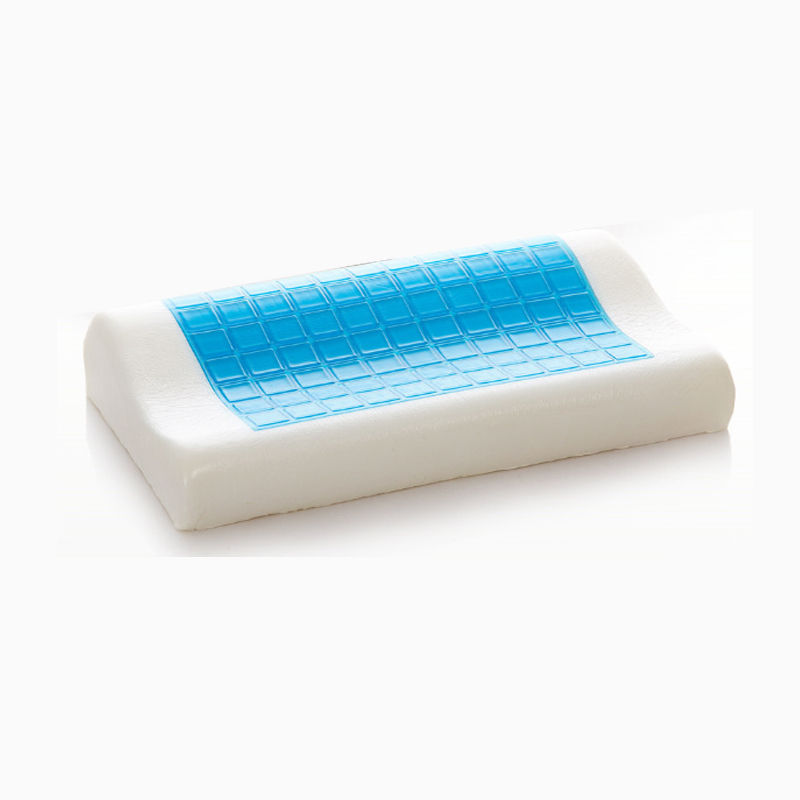Cooling gel memory foam pillows help regulate temperature through evaporative cooling by utilizing the properties of the gel material in conjunction with the principles of heat transfer and moisture evaporation. Here’s a detailed explanation of how this process works:
The cooling gel used in these pillows is specifically designed to enhance thermal regulation. It typically contains a phase-change material (PCM) or a gel that can absorb heat from the body. This gel has a high thermal conductivity, allowing it to quickly transfer heat away from the skin, creating a cooling sensation.
When a person lies on the pillow, their body heat is transferred to the gel. The gel absorbs this heat, which helps to lower the temperature at the surface of the pillow. As the gel absorbs heat, it can reach a point where it starts to change its state (in the case of phase-change materials), effectively pulling heat away from the body.
Evaporative cooling comes into play when moisture from the skin or the environment interacts with the gel. As the body sweats or releases moisture, this moisture can evaporate upon contact with the cooler surface of the gel. The evaporation process requires energy, and this energy is drawn from the surrounding area, including the skin, resulting in a cooling effect.

The heat energy required for the phase change of moisture from liquid to vapor is absorbed from the body, effectively cooling the skin's surface.
As the gel continuously absorbs heat and moisture from the body, it helps maintain a comfortable temperature throughout the night. This prevents overheating, which is a common complaint among sleepers, particularly those who tend to sweat during the night.
In addition to the cooling gel, many cooling gel memory foam pillows are designed with enhanced airflow features. These may include perforations or an open-cell structure that allows for better ventilation. Improved airflow aids in the evaporative cooling process by allowing moisture to dissipate more effectively, ensuring that the pillow remains dry and comfortable.
Some pillows combine cooling gel with other materials, such as ventilated memory foam, to optimize temperature regulation. This combination enhances the overall cooling effect by leveraging the benefits of both materials.
Cooling gel memory foam pillows utilize evaporative cooling by absorbing body heat and moisture, which helps maintain a comfortable sleep environment. Through the interaction of heat transfer and moisture evaporation, these pillows provide a cooling effect that promotes better sleep quality, especially for those who experience night sweats or discomfort from overheating.